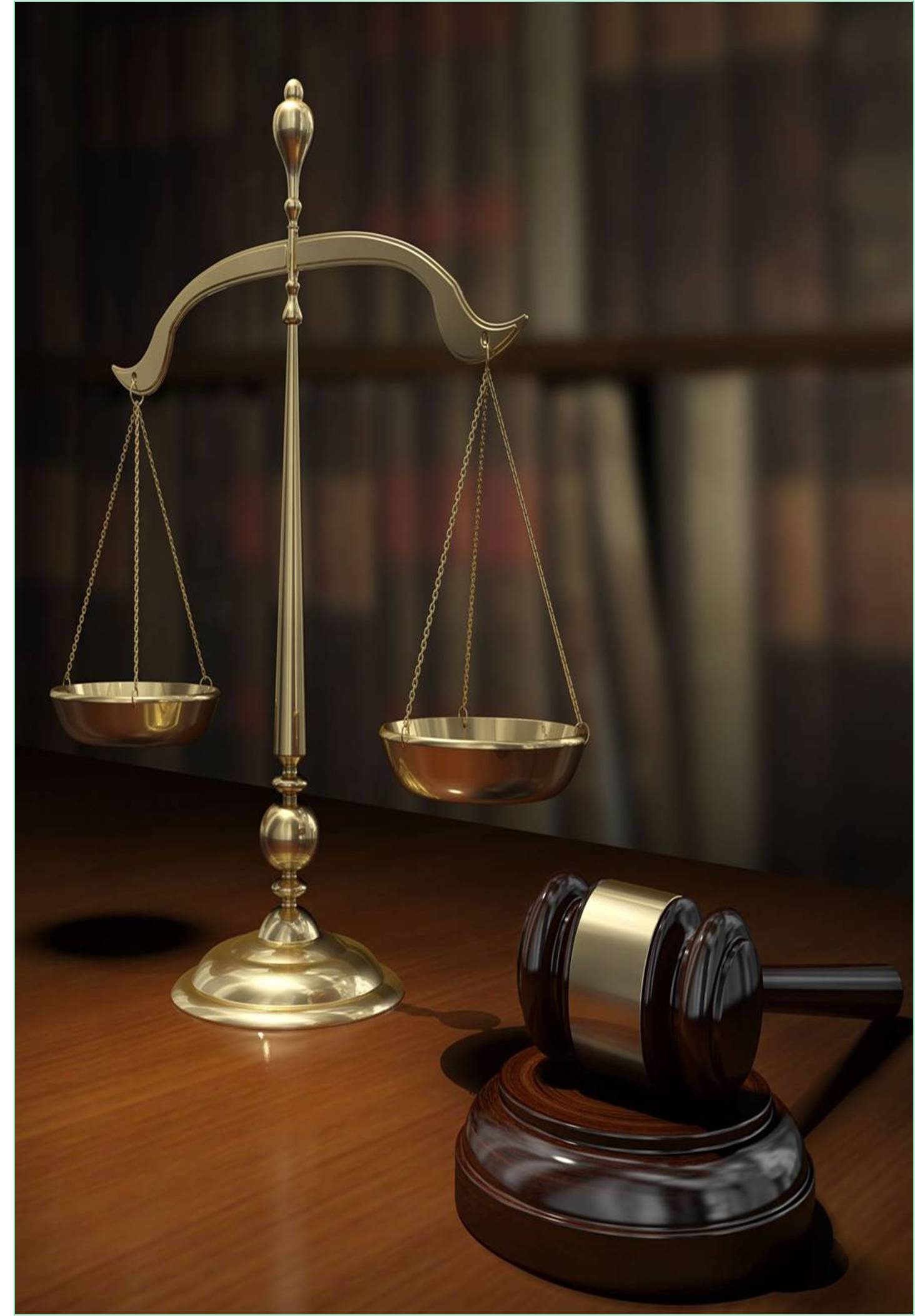



Received: 11-Jan-2021 Published: 19-Feb-2021
The number and scale of large public infrastructure projects are growing in many developing countries and also in Turkey.
The article entitled “Dispute Boards in Turkey for Infrastructure Projects” published at the Journal “Utilities Policy (60th Volume)” in 2019 by the authors demonstrates the size and complexity of mainly large transport projects.
To update the information provided therein and to provide recent statistics for the largest city of Turkey, Istanbul, the total length of underground metro lines under construction in 2020 is 216 km.
The total budget approximately amounts to 7 billion Euros for the construction of 15 underground metro lines and the necessary number of rolling stock procurement.
Large underground projects generate more complex disputes and are therefore requiring more technical and professional alternative approaches or mechanisms to resolve the debates among the contracting parties.
Having realised such a need within the construction market, the Central Government has recently issued two amendments to revise the role and authority of the Supreme Technical Board (STB), a governmental organisation who issues recommendations or decisions for the referred disputes as defined in detail within the article.
The first amendment (issued on 22nd February 2020) has enlarged the authorities of the Board to issue decisions for not only new price relevant disputes (which was formerly defined the only kind of disputes for the Board to issue decisions) but also for other main disputes arising out of common causes of conflicts (as analysed over 25 disputed cases and listed under Table 1 of the article) such as variation orders, extension of time, or different interpretations of contractual documents.
Now the STB can issue decisions on a variety of disputes unless they are referred to and overturned by litigation.
The second amendment (issued on 12th June 2020) is about the legal rights assigned to the contractors to refer the disputes to the STB whereas previously it was only the employer who was the “Public Authority” for the reference of disputes.
The STB is now acting as more like a DAB (or DAAB as newly named under the new series of FIDIC contracts).
Nevertheless, the STB is not mostly acknowledged by the international contractors.
The Government by such amendment of the STB regulations aims to minimise the number of cases referred to litigations.
On the other hand, this amendment is likely to increase the number of referred disputes to the Board which may exceed the capacity of the Board or increase the short timelines (30-60 days) for issuing decisions or recommendations by the Board.
The authors consider one potential advantage of the above regulatory changes as both contractors and employers are now legally allowed to use more of an alternative mechanism other than litigation for the settlement of disputes.
Further, it is necessary to monitor and discuss as to how effectively or suitably the STK shall be used to adjudicate disputes. It is also important to observe as to whether more disputes which could be settled by mutual agreement shall now be referred to the Board by the contracting parties.
Even the presence of the STB with a wider authority would better prepare the local market to adopt alternative dispute board mechanisms under local or international contracts of large public projects, yet there are some concerns or advises raised by the local and international professionals for alternative dispute resolution in Turkey (results obtained from the interviewed professionals and discussed under the last two sections of the article).
In conclusion the Turkish construction sector has a large ongoing and planned infrastructure public works share and has demonstrated the need for alternative dispute resolution mechanisms. Notwithstanding the latest regulatory changes for authorising more the governmental or central Board for dispute resolution, there are still time and good practices required before dispute resolution schemes, or dispute boards appointed under a contract are confidently acknowledged by the parties.